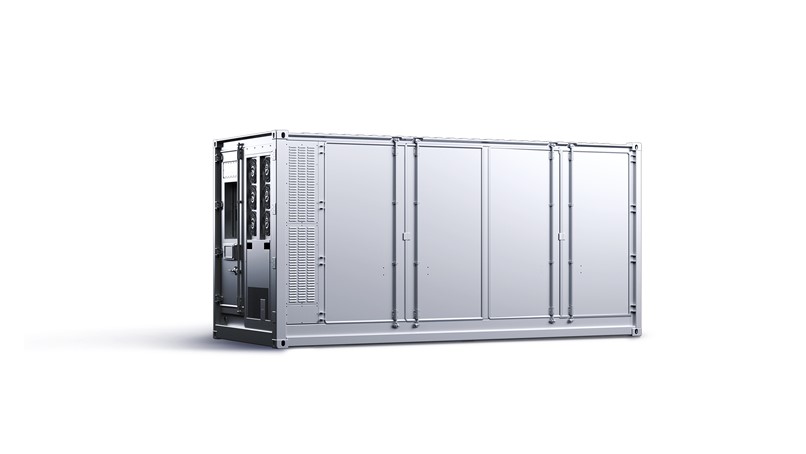From pv magazine Global
Battery industry heavyweight CATL has unveiled its latest innovation in energy storage system design with enhanced energy density and efficiency, as well as zero degradation for both power and capacity.
Its new TENER product achieves 6.25 MW capacity in a 20-foot equivalent unit (TEU) container, increasing the energy density per unit area by 30% and reducing the overall station footprint by 20% compared to its previous 5 MWh containerized energy storage system. For example, a 200 MWh TENER power station would cover an area of 4,465 square meters.
According to CATL, TENER cells achieve an energy density of 430 Wh/L, which it says is “an impressive milestone for lithium iron phosphate (LFP) batteries used in energy storage.”
CATL describes TENER as the world’s first mass-producible energy storage system with zero degradation in the first five years of use. Leveraging biomimetic solid electrolyte interphase (SEI) and self-assembled electrolyte technologies, it says that TENER enables unobstructed movement of lithium ions and achieves zero degradation for both power and capacity.
This represents a significant advancement in increasing the lifespan of batteries and creates the much coveted “ageless” energy storage system, at least in the first years of the system’s operation.
On the safety front, CATL has also introduced a few improvements.
“Powered by cutting-edge technologies and extreme manufacturing capabilities, CATL has resolved the challenges caused by highly active lithium metals in zero-degradation batteries, which effectively helps prevent thermal runaway caused by oxidation reaction,” it said.
It has also established a dedicated, end-to-end quality management system that includes technology development, proof testing, operation monitoring, and safety failure analysis. It sets different safety goals as required by different scenarios, and then develops the corresponding safety technology to meet those goals. In addition, it has built a validation platform to simulate the safety test of energy storage systems in different power grid scenarios.
After a project is put into operation, CATL continues to monitor its operational status through AI-powered risk monitoring and an intelligent early warning system. It calculates the failure rate of energy storage products throughout their life cycle, and thus verifies the safety design goals while continuing to optimize them.
The manufacturer says it has reduced the failure rate to the PPB (single defect rate per billion) level for cells used in TENER, which, when extended to the operation throughout its full lifecycle, can lower operating costs and significantly enhance the internal rate of return. CATL also says that TENER is equipped with long service life, without specifying the warranty specs.
The Chinese battery maker has ranked first in market share of global energy storage battery shipments for three straight years, with a global market share of 40% in 2023. In its latest annual report, it said that its sales of energy storage battery systems hit 69 GWh in in 2023, representing a year-on-year increase of 46.81%.
This content is protected by copyright and may not be reused. If you want to cooperate with us and would like to reuse some of our content, please contact: editors@pv-magazine.com.









By submitting this form you agree to pv magazine using your data for the purposes of publishing your comment.
Your personal data will only be disclosed or otherwise transmitted to third parties for the purposes of spam filtering or if this is necessary for technical maintenance of the website. Any other transfer to third parties will not take place unless this is justified on the basis of applicable data protection regulations or if pv magazine is legally obliged to do so.
You may revoke this consent at any time with effect for the future, in which case your personal data will be deleted immediately. Otherwise, your data will be deleted if pv magazine has processed your request or the purpose of data storage is fulfilled.
Further information on data privacy can be found in our Data Protection Policy.